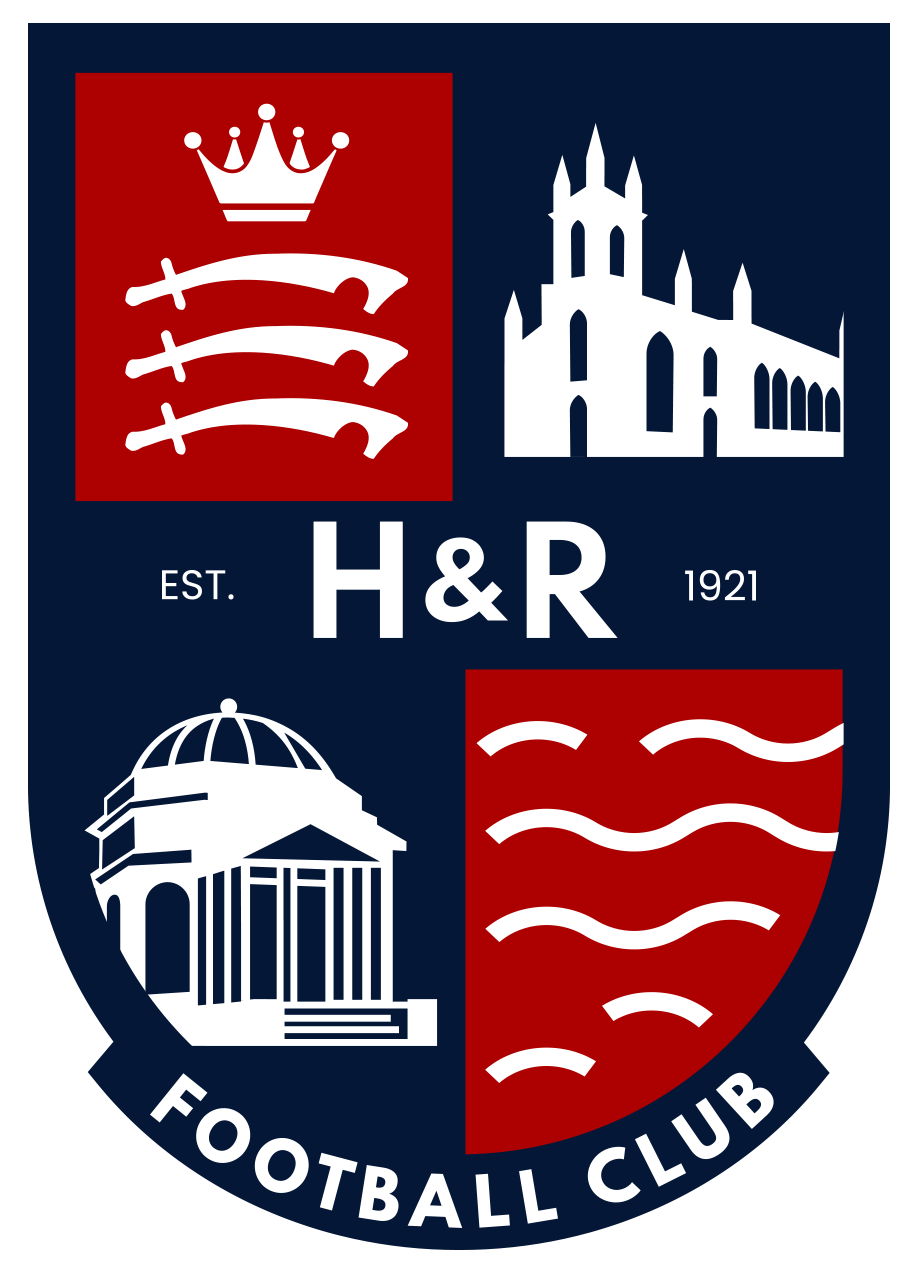HAMPTON, AROUND AND ABOUT
Things you may not know, or didn’t know you knew!
No 15 THE INSPECTOR OF NUISANCES
The forerunner of the Health Inspector
On the reverse of the reprint of the Ordnance Survey Map of Hampton 1849 is contained a mine of information concerning residents, businesses and Local Board Officials etc. One of the many roles is ‘The Inspector of Nuisances’ held by John Kemp.
What on earth is an Inspector of Nuisances? Time to do a bit of research.
According to Google (always useful), the Inspector was what we would now call an Environmental Health Inspector. The Inspector was given the job of visiting poor neighbourhoods in order to prevent insanitary habits leading to out breaks of diseases and similar nastiness. During the 19th century outbreaks of diphtheria and smallpox were regularly reported. The state of the roads, the state of the drains, overflowing cesspits, all came the way of the inspector.
The Public Health Act of 1948, created the position and the inspector was appointed by the ‘Guardians’, part of the Local Board. Hampton’s Board had offices in Ashby & Co’s premises on the corner of Station Road and would meet monthly on a Tuesday.
The Inspector had sweeping powers, and on one occasion took Hampton Court Palace to task. In November 1873, the inspector investigated properties at Hampton Court. The upshot was that an improved method of drainage needed to be provided. The water supply had been tested, and a better supply needed to be installed. Additionally, the Barracks (there was a military presence at the Palace), drained direct into the Thames. Following the report, the Board directed that the Government be given notice to discontinue this practice (sound familiar, anyone?). The Board’s Chairman remarked that there seemed to be an idea that the Board have nothing to do with Government Property, but it was a mistaken idea, everything here, even the Palace, was under their supervision!
12 months later, Mr Sadler, the landlord, of the Mitre Hotel, was served with an abatement order. The Mitre Hotel had a sewer which was discharging waste products straight into the river. Sadler countered that it was a Crown sewer and it was unfair to target him. In fact, eight other properties were given orders at the same time to stop the practice.
Even into the 20th century the Inspector was acting on behalf of the ‘Hamptonites’. This time, in 1905, the target was the Waterworks, still with us, of course. The problem this time was brought to his attention by the local Smoke Abatement Society. The complaint related to black smoke being discharged from the various chimneys. The Waterworks were given ten days’ notice to deal with the situation. Furthermore, they were also told to reduce the amount of dust arising from the unloading of coal from their barges!
Eventually, Sanitary Inspector became the job title, then in 1956 an Act of Parliament changed the term to Public Health Inspector.
The Old Historian
NB ;Some of the above does seem to resonate with what is happening now with the sewerage.
External Links:
www.hrbfc.co.uk - Official website
www.hrbfc.live - Streaming & donations
www.hrbfc.net - Unofficial fans forum
www.hrbfc.org - Archive 1959-2017
- Unofficial forum for supporters of Hampton & Richmond Borough FC
- All times are UTC+01:00
- Delete cookies
- Privacy
- Terms
- Contact us
Powered by phpBB™ • Design by PlanetStyles
